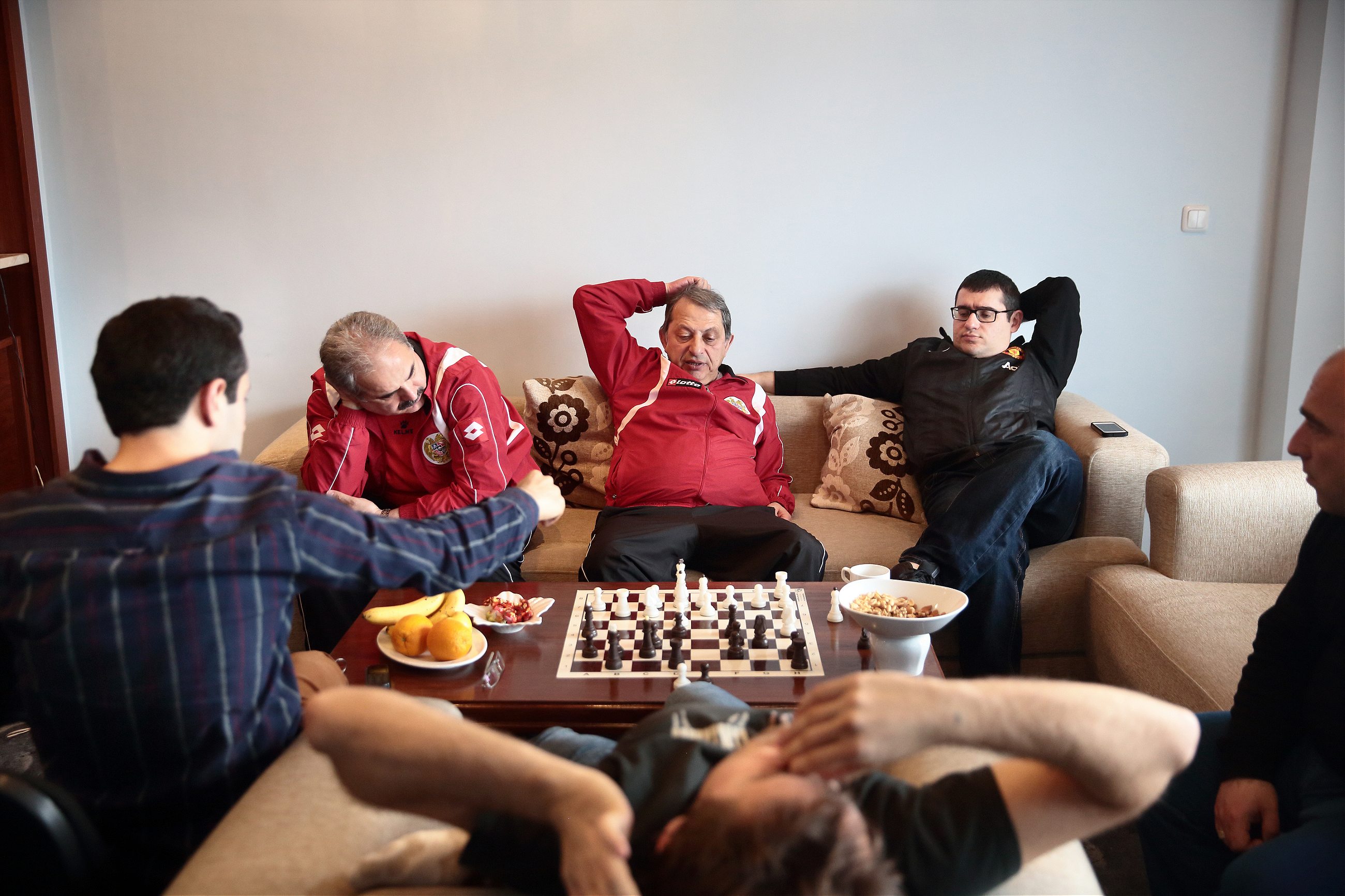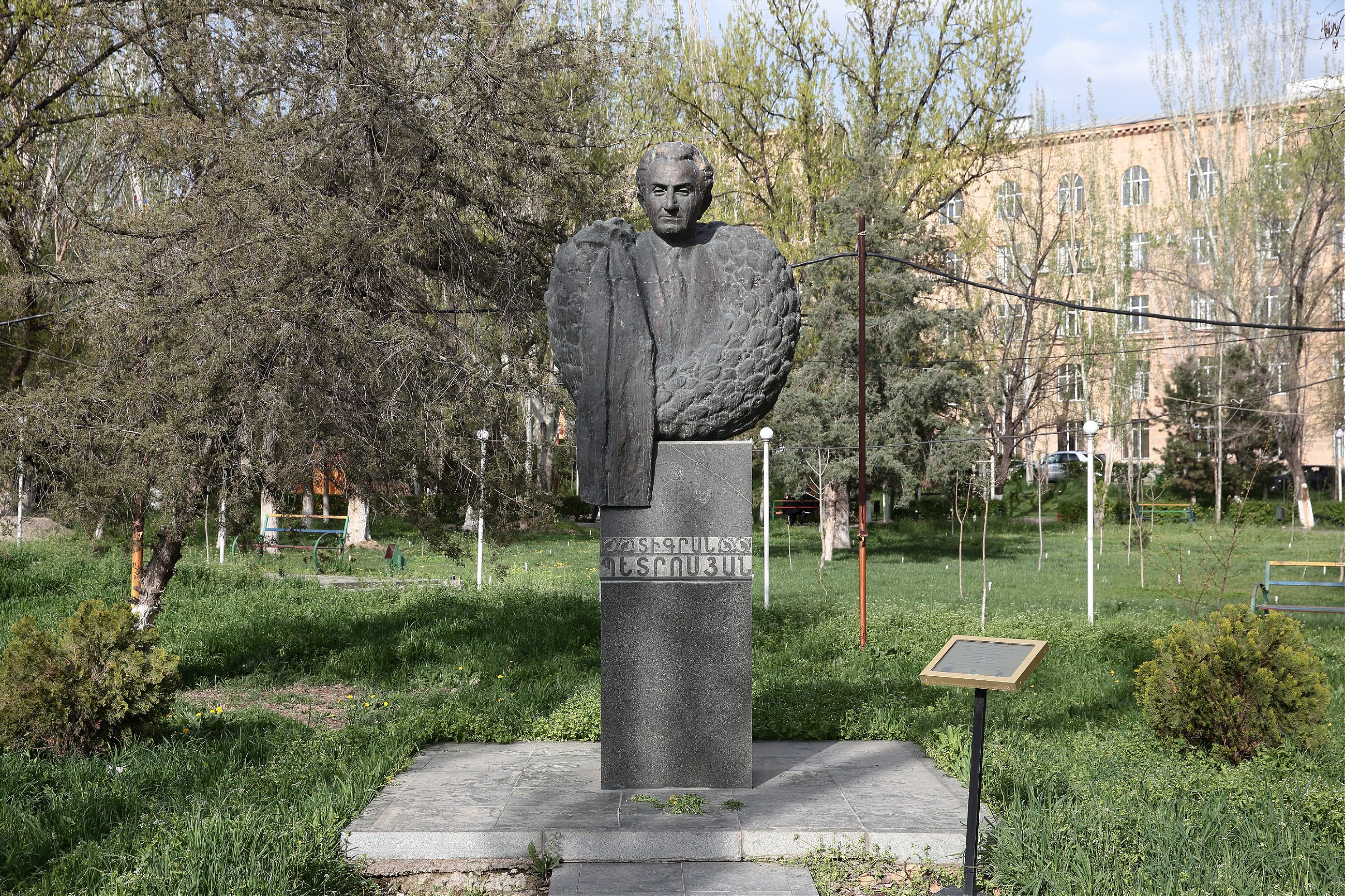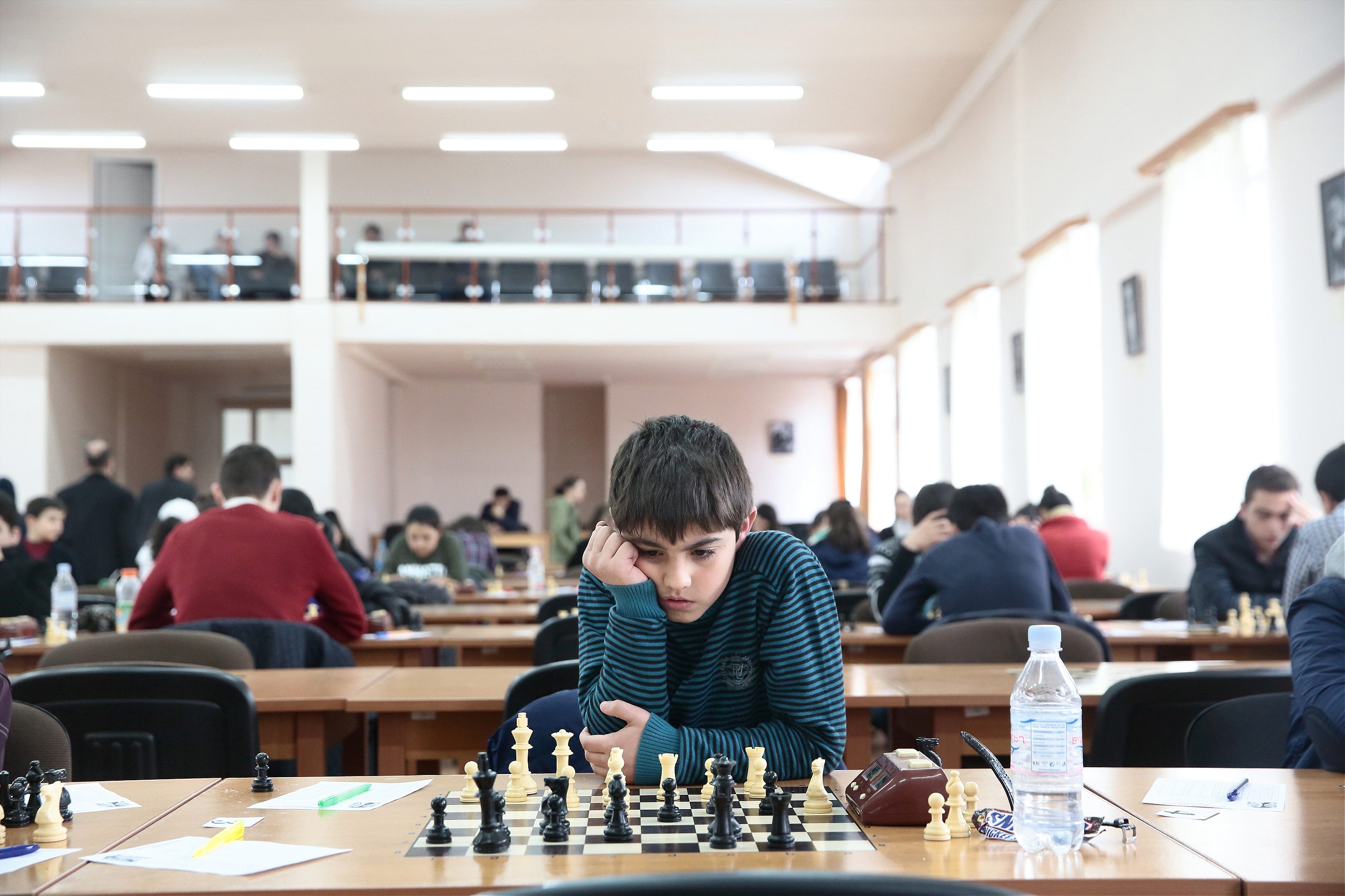In chess-crazed Armenia, Levon Aronian, a modest 32-year-old master, is a magazine-cover superstar worthy of Kim Kardashian’s attention.
In 2005, Levon Aronian, then a soft-spoken 22-year-old, won the Chess World Cup and became one of the most famous people in his native Armenia overnight. Today, he’s a national idol with a cult-like following. His boyish image is everywhere—printed on kid’s school books, hanging on the walls of community centers and classrooms, and framed, shrine-like, in the hall of the prestigious chess academy in Yerevan, the capital.
“My whole life changed,” Aronian says, leaning back in his chair and away from the black-and-white board that provided the means for his celebrity. “I got accepted, and I became recognized. People knew I had talent. More kids started to play chess, associating the sport with my name, and it felt like maybe I could make history.”

A 32-year-old chess player may not be your classic a-list celebrity, but in Armenia, Levon Aronian is king. The country, best known for one of the great horrors of the 20th century—the genocide that took place one hundred years ago—today features both a buzzing capital and isolated rural landscapes, dotted with decaying Soviet factories. It is also a force in the world of chess, and the country’s love for the game has created an unlikely breed of celebrity, with Aronian at its center.
In Yerevan, the country’s obsession with chess is visible nearly everywhere, embedded in the physical, social, and institutional landscape. Stylistic renderings of chess pieces—kings, knights, and bishops—are featured on buildings and in artwork. Informal tournaments take place in public parks between elderly men. Exquisitely carved chess sets are available for sale in local markets.
Chess is a compulsory part of primary education

The country’s president, Serzh Sargsyan, doubles as president of Armenia’s Chess Federation and the sport is a compulsory part of primary education. School children read colorful textbooks whose chess-inspired characters teach advanced game tactics. Television shows such as Chess 64, or, for younger viewers, Chess World, air on state TV, and magazines including Shakhmatayin Hayastan (literally, “Chess in Armenia”) are published on a weekly basis, keeping audiences and readers up to date on recent tournaments, tactics, and, bizarrely, the chess celebrity scene.
“I love Levon Aronian!” blushes one ten-year-old girl as we chat with her between matches in Armenia’s Youth Chess Finals, a competition for ten- to eighteen-year-olds, the winners of which will go on to play in the World Youth Championship. “He’s so talented. He won the youth championships when he was really young, so that’s what I’m aiming for. I want to be just like him!” She points to a portrait behind her featuring Levon in his pose of deep concentration. “That’s him!”

We meet Aronian in the Tsaghkadzor sport complex, which was once the U.S.S.R.’s leading winter sports training centre, an hour’s drive north of Yerevan. He and his teammates are training for the 2015 World Team Chess Championships, which will be held in Armenia. They lounge around on sofas, some of them wearing shiny team tracksuits, carefully analyzing the chessboard—silent concentration interspersed with thoughtful conversation and the odd in-joke.
Outside, the last remnants of the winter’s snow linger on tree-covered slopes. It’s a strangely serene place to meet the country’s unlikely superstar. But serenity suits Aronian to the core. Sharp but unassuming, Armenia’s chess hero speaks little of the trappings of fame, preferring to discuss his love of hiking and jazz, and the beauty of the game.
“Chess is really an art,” he says. “I was always drawn to the geometrical possibilities in chess and those things that you can create. A very beautiful piece of art, with so little material. It’s like calligraphy somehow.”

Chatting with him, it’s easy to forget that Aronian’s face is regularly splashed across magazine covers and photos bearing his signature are sold on eBay. Even Kim Kardashian has tweeted about him: “I want to learn how to play chess. Wondering if Levon Aronian can teach me!”
Levon is part of a celebrity trend that dates back to 1963, following the unexpected victory of Armenian grandmaster Tigran Petrosian against Russian Mikhail Botvinnik in the World Championships. This was the moment when, Armenians say, chess mania gripped the country in full. With the entire match relayed via Telex from Moscow onto giant screens in Yerevan’s Opera Square, huge crowds gathered each day to discuss and analyze the moves.
Petrosian’s victory produced a swell of national pride. Streets and squares were named after Petrosian, statues unveiled, and stamps dedicated to his honor. Parents named sons after him, and thousands of children were pushed to play chess so that they might one day replicate Petrosian’s accomplishments. Levon Aronian was one of those children. “My parents first got me a book about ‘Iron Tigran’ when I was nine,” he says. “I would copy certain moves of his and then come home boasting that I played like Tigran Petrosian!”
In one chess shop we visit in Yerevan’s grand Tigran Petrosian Chess House, an imposing four-story building made of the same pinkish stone that defines the city’s architectural style, the owner ushers us to the garden, which features a large bust of Petrosian. The statue is adorned with his victory laurel wreath. Inside, the shop is crammed with books about chess written in Armenian, Russian, and English, along with chess-themed mobile phone covers and novelty boards.

Today, Armenia possesses one of highest number of grandmasters per capita in the world, and mastership of the game is virtually guaranteed to catapult a player into the upper echelons of Armenian celebrity alongside Petrosian. Grandmasters are asked for autographs in the streets, books are written about their lives and games, and commemorative coins are sometimes produced to honor their wins.
Even their personal lives are tabloid fodder. When British grandmaster Danny Gormelly drunkenly punched Aronian for dancing with chess queen Arianne Caoili (dubbed the “Anna Kournikova of chess,” and now Aronian’s fiancée) at the 2006 World Chess Olympiad, it left Armenia outraged. This year, the Armenian press zealously followed Aronian and Caoili’s engagement. “Levon Aronian’s girlfriend happy for engagement” read one headline.

Victory celebrations are nationwide affairs. After winning international tournaments, Aronian and his teammates are often greeted at the airport by ecstatic crowds—which sometimes includes the president himself—and driven from the airport in open-topped cars amid a sea of national flags.
In 2011, when Aronian’s team won the World Team Championship in Ningbo, China, the government announced it would award each player 7.5 million dram (approximately $20,400). The subsequent celebrations in Yerevan’s Liberty Square were broadcast live on national TV. Armenia’s victory in the 2012 Chess Olympiad in Istanbul included a gala concert (featuring a chess-themed dance number) and a fireworks display in the center of Yerevan.

Armenia’s victory in the 2012 Chess Olympiad in Istanbul included a gala concert (featuring a chess-themed dance number) and a fireworks display in the center of Yerevan.
Armenia is rarely in the news, unless to mark the tragedy that has defined the nation. In fact, when we first arrive in Yerevan the country is gearing up to mark the centenary of the 1915 genocide. Students in the city’s underground bars bear temporary ‘A’ and ‘G’ tattoos as part of an online commemoration campaign. Many people wear forget-me-not flowers, the official emblem of the anniversary, visible throughout the city (including on the outfits of the Kardashian clan as they tour their ancestral homeland.)
But increasingly, Armenia is looking toward the future, and chess has become a source of national pride, inherently bound up within contemporary Armenian identity.
“After we won [the Chess Olympiad in Turkey], I got to raise the Armenian flag,” Aronian says. “It was possibly the happiest moment of my career. People know Armenia exists, but they don’t know much about it. Playing and excelling in international competitions gives us the chance to put our country on the map.”
